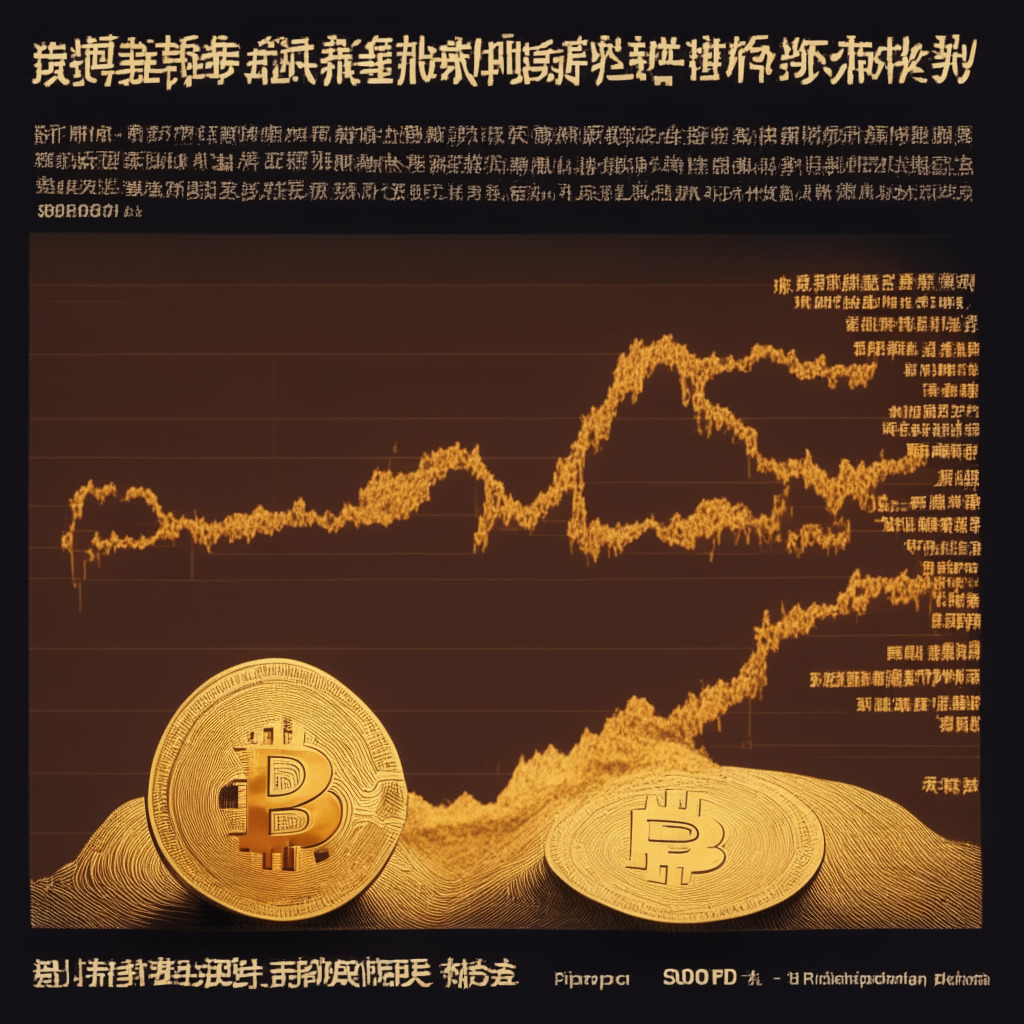Bitcoin remains unperturbed above $30,000 as recent Producer Price Index (PPI) data from China indicates the ongoing international liquidity-tightening cycle, which began early last year and upset risk assets inclusive of cryptocurrencies, is nearing its close. China recorded a 5.4% year-on-year drop in the PPI in June, accenting the ninth successive monthly decline and representing the largest plunge within seven years.
This situation alludes to impending lower export prices and deflationary pressures in global economics. As the leading trading partner of untold sizable economies, China is a critical player in this scenario. Persistent deflation may be a saving grace for western central banks engaged in fierce interest-rate hikes, intended to curb peak inflation levels injurious to the wider economy.
Amid this landscape, David Brickell, from Paradigm, a crypto liquidity network, suggests that China is spreading deflation across the western world, resulting in perceptible effects on producer price inputs, yet with consumer prices still untouched. He espouses the belief that the termination of inflation hikes will ultimately confer benefits upon risk factors.
Yet the beneficial relief suggested by China’s PPI data has so far evoked no risk-on rally. The potential positives of this situation appear to be overshadowed by the concerns surrounding the prognoses of a stagnating economic recovery in China, previously hailed as a pivotal factor in driving global growth and risk assets. Recent negativity in the S&P 500 futures and Asian stock markets correlate with the downturn of global earnings, painting a gloomier picture for prospective profit.
The prospects for Bitcoin remain uncertain amidst these dynamic financial fluctuations, as Brickell conjectures the next surge will likely be triggered when bond yields peak. There is speculation that a reversal in yields could spark a market upturn for BTC, buoyed further by the underlying weakness in the dollar.
While Wednesday’s U.S. CPI data showing a continued slowdown in inflation might compel yields to turn lower, market participants are still seemingly focusing on the negative implications of a Chinese growth slowdown. The potential economic ramifications remain a topic of speculation, as risk assets adjust to last week’s aggressive bond sell-off. Higher bond yields typically slow the influx of money into risk assets. Striking the delicate balance between market forces remains a precarious task in these unpredictable times.
Source: Coindesk




